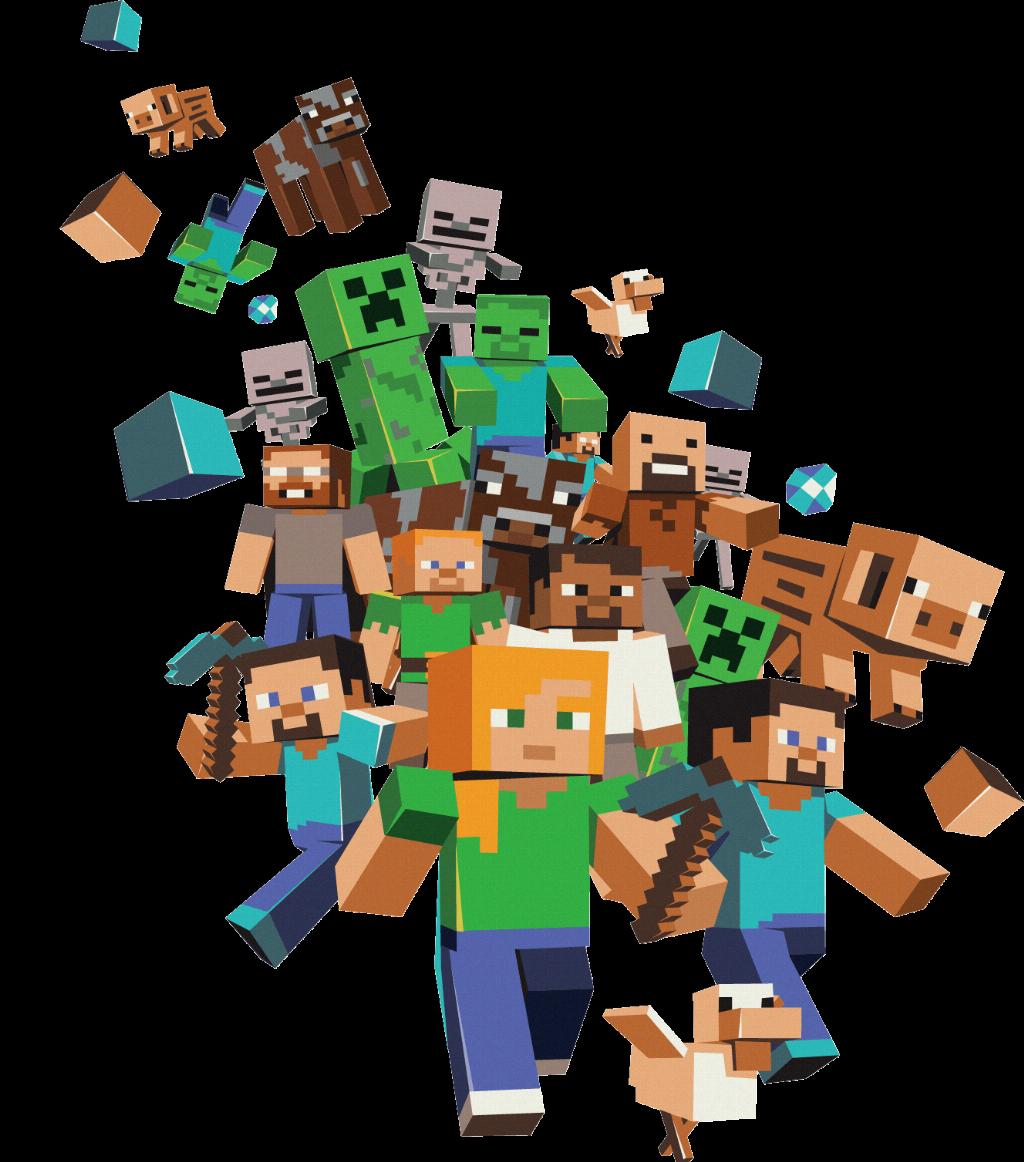When it comes to cultivating wheat in Minecraft, there are a few key steps you need to follow to ensure a successful harvest. Understanding the growth mechanics of wheat seeds and knowing how to properly care for your crops is crucial for a bountiful yield in the game.
Planting Wheat Seeds on Farmland
To start growing wheat in Minecraft, you’ll need to obtain wheat seeds either by breaking tall grass or finding them in dungeon chests or village farms. Once you have acquired the seeds, you can plant them on farmland by right-clicking on the block. Make sure that the farmland is hydrated by placing a water source nearby.
Monitoring the Growth Stages
After planting the wheat seeds, they will go through a total of eight growth stages before maturing into fully grown wheat crops. You can monitor the growth progress by observing the changes in the appearance of the crops. It is essential to be patient and allow the wheat to grow at its natural pace.
Providing Adequate Light Levels
One critical factor that influences the growth of wheat in Minecraft is the light level. Wheat crops require a minimum light level of 9 or higher to continue growing. Ensure that your farm is well-lit either by natural sunlight or artificial lighting sources to promote healthy growth and prevent crops from withering.
Watering Your Crops
In addition to sufficient light, water is another essential element for the successful cultivation of wheat in Minecraft. Keep your farmland hydrated by placing water sources strategically around your farm to ensure that the crops receive the necessary moisture for optimal growth.
Fertilizing with Bone Meal
If you want to accelerate the growth of your wheat crops, you can use bone meal as a fertilizer. Applying bone meal to the crops will instantly advance them to their next growth stage, allowing you to expedite the maturation process and harvest your wheat sooner.
Harvesting Wheat Crops
Once your wheat crops have reached their final growth stage, they are ready to be harvested. You can collect the wheat by breaking the fully grown crops with your hand or a tool. Each wheat crop drops 1-2 wheat items, which you can then use for various crafting recipes or as food.
Replanting for Sustainable Farming
To ensure a continuous supply of wheat in Minecraft, it is essential to adopt sustainable farming practices by replanting the seeds after harvesting the crops. By replanting wheat seeds on the farmland, you can maintain a thriving farm and secure a steady source of wheat for your gameplay.
Expanding Your Wheat Farm
If you wish to scale up your wheat production in Minecraft, consider expanding your wheat farm by creating additional farmland plots and planting more wheat seeds. By increasing the size of your farm, you can boost your wheat output and meet your crafting and food requirements more efficiently.
Protecting Your Crops
It is essential to protect your wheat crops from potential threats in Minecraft, such as trampling by mobs or destruction by environmental factors. To safeguard your farm, consider building fences around the perimeter or utilizing scarecrows to deter hostile mobs and safeguard your precious crops.
Experimenting with Crop Varieties
While wheat is a staple crop in Minecraft, don’t be afraid to experiment with other crop varieties such as carrots, potatoes, or beetroot. Diversifying your farming activities can introduce new food sources and crafting materials into your gameplay, enhancing the overall experience.

Conclusion
Mastering the art of growing wheat in Minecraft requires patience, diligence, and strategic planning. By following the steps outlined in this guide and implementing best farming practices, you can cultivate flourishing wheat farms and enjoy the satisfaction of a plentiful harvest in the expansive world of Minecraft.
